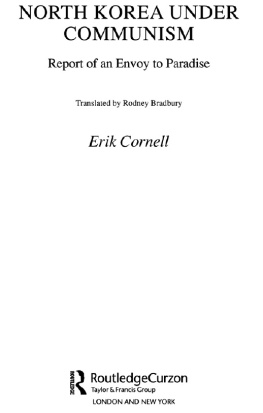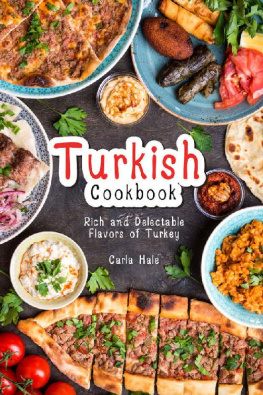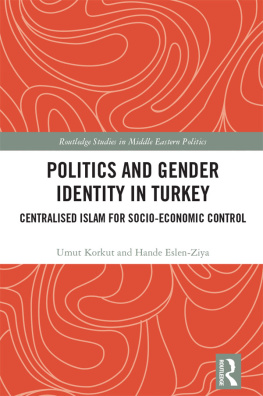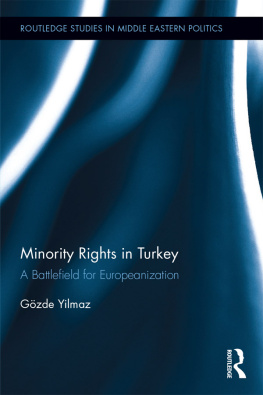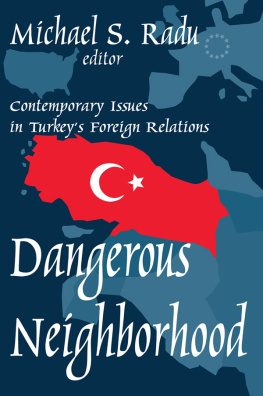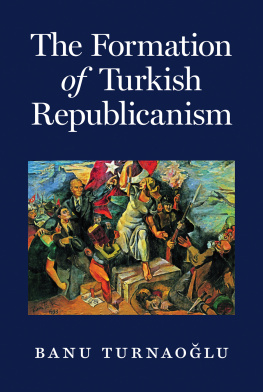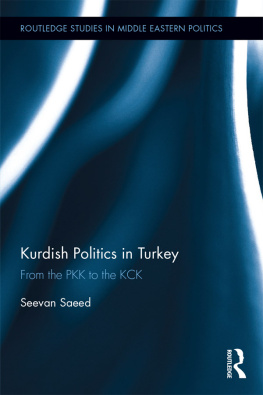TURKEY
IN THE
21ST CENTURY
TURKEY
IN THE
21ST CENTURY
Opportunities,
Challenges, Threats
Erik Cornell
First published 2001 by Curzon Press Limited
This edition published 2013 by Routledge
2 Park Square, Milton Park, Abingdon, Oxon, 0X14 4RN
711 Third Avenue, New York, NY 10017
Routledge is an imprint of the Taylor & Francis Group, an informa business
2001 Erik Cornell
Typeset in Sabon by LaserScript Ltd, Mitcham, Surrey
All rights reserved. No part of this book may be reprinted or reproduced or utilised in any form or by any electronic, mechanical, or other means, now known or hereafter invented, including photocopying and recording, or in any information storage or retrieval system, without permission in writing from the publishers.
British Library Cataloguing in Publication Data
A catalogue record of this book is available from the British Library
Library of Congress Cataloguing in Publication Data
A catalogue record for this book has been requested
ISBN 0700711716
Contents
ANAP Motherland Party
AP DYP's predecessor
CFE Treaty on Conventional Forces Europe
CHP Republican People's Party, also RPP
CIS Commonwealth of Independent States
DP AP's and DYP's predecessor
DEP HADEP's predecessor
DSP Democratic Left Party
DYP True Path Party, also TPP
ECO Economic Cooperation Organization between Turkey, Iran and Pakistan, extended to the Central Asian republics
ESC OSCE's predecessor
FP Virtue Party, RP's successor
HADEP Kurdish political party in Turkey
HEP DEP's and HADEP's predecessor
JP Justice Party
KDP Kurdish political party in Northern Iraq
MCP National Labour Party
MHP National Action Party
MSP RP's predecessor
NMP MCP's predecessor
OSCE Organization for Security and Cooperation in Europe
PKK Kurdistan Workers' Party
PLO Palestine Liberation Organization
PUK Kurdish political party in Northern Iraq
RP Refah,Welfare Party
RPP Republican People's Party, also CHP
SHP Social Democrat People's Party
TPP True Path Party, also DYP
Turkish c is pronounced as the j in jet.
Turkish is pronounced as the ch in chip.
Turkish is pronounced as the sh in ship.
Turkey at the beginning of the 21st century
The Byzantine Empire
The Ottoman Empire c. 1400
The Ottoman Empire c. 1450
The Ottoman Empire 1683
The Ottoman Empire 1914
The Caucasus at the beginning of the 21st century
Central Asia at the beginning of the 21st century

Map 1. Turkey at the beginning of the 21st century

Map 2. The Byzantine Empire

Map 3. The Ottoman Empire c. 1400

Map 4. The Ottoman Empire c. 1450

Map 5. The Ottoman Empire 1683

Map 6. The Ottoman Empire 1914

Map 7. The Caucasus at the beginning of the 21st century

Map 8. Central Asia at the beginning of the 21st century
The normal is defined by the different. The thesis in this work is that European identity to a considerable extent was shaped during a thousand years of defensive struggles against the expansion of Islam, which culminated during the 16th and 17th centuries when the armies of the Ottoman Empire were checked at the gates of Vienna. The aggressors saw themselves as Ottomans but in Europe they were called Turks and came to be seen as the symbol of the menace against the survival of Christianity and Europe. During the 18th and 19th centuries they were systematically forced out of their Christian possessions in Europe. In spite of the fact that they no longer constituted a menace, propaganda was maintained against the unspeakable Turk as Gladstone called them. The Turks had been given the role of the others, diverging from Europeans and making us feel an affinity. This has gone so far that in every European language there seem to exist sayings where the word Turk is used in a derogatory sense, thereby revealing and conserving past values.
The arduous endeavours of the Turks to be recognized as equals have been met by the Europeans with hardly concealed scepticism or straightforward repudiation. This was clearly to be seen during the negotiations on a customs union between the EU and Turkey. Certainly many differences exist, especially concerning religion, which continues to give many Westerners instinctive feelings of alienation and promote defensive attitudes. But no muslim country has gone as far as Turkey in reviewing the foundations of its social order with the aim of integration with the West. Secularization and westernization have, however been introduced from above and new values need some generations to leaven all through public opinion and administrative routines. This is reflected in the time needed for human rights reforms to be practically applied. Turkey's process of adaptation should be facilitated by a greater knowledge from the side of their European partners of Turkish facts and circumstances, of new and surviving values, and of specifically Turkish conditions in the process of modernization. The aim of this book is not to give a broad picture of today's Turkey but to try to throw light upon a number of historical points of departure and contemporary aspects on Turkish policies and society in order to facilitate the understanding of the reasons for more or less different phenomena, making it easier for us to accept them as one of us.
The area covered by present-day Turkey has since the dawn of history constituted an integral part of European politics. The foundations of Hellenic culture were built along both shores of the Aegean Sea and in Anatolia Greeks and Persians fought for influence. The 2nd century BC saw the beginning of the Roman conquest of Asia Minor, which thereafter remained an important part of the East Roman or Byzantine Empire. It was conquered by invading turkic peoples during processes beginning in the mid-11th century and culminating with the fall of Constantinople in 1453. The Christian Byzantine Emperor was succeeded by the Muslim Ottoman Sultan. As a consequence the realm turned right about face. While the Emperor had been occupied by defensive wars along the eastern border the Sultan concentrated on conquests westwards in order to assert the role of his empire as one of the main actors in European politics. Only in 1683 was this advance stopped, at the walls of Vienna, and the decline of the Ottoman Empire began. Simultaneously Russia's expansion started. Moscow did not recognize any Ottoman claims but considered itself to be the third Rome with the historic task of re-establishing the Cross on the dome of Hagia Sophia. But this met with the disapproval of the Western powers, who were in favour of pushing back the Ottomans from their possessions in Europe proper but not prepared to let it become a prey of Russian expansion.


